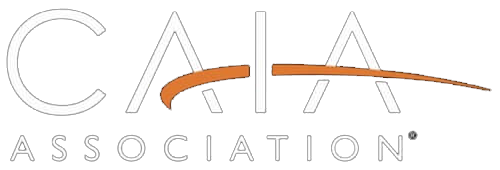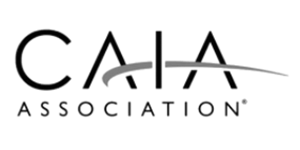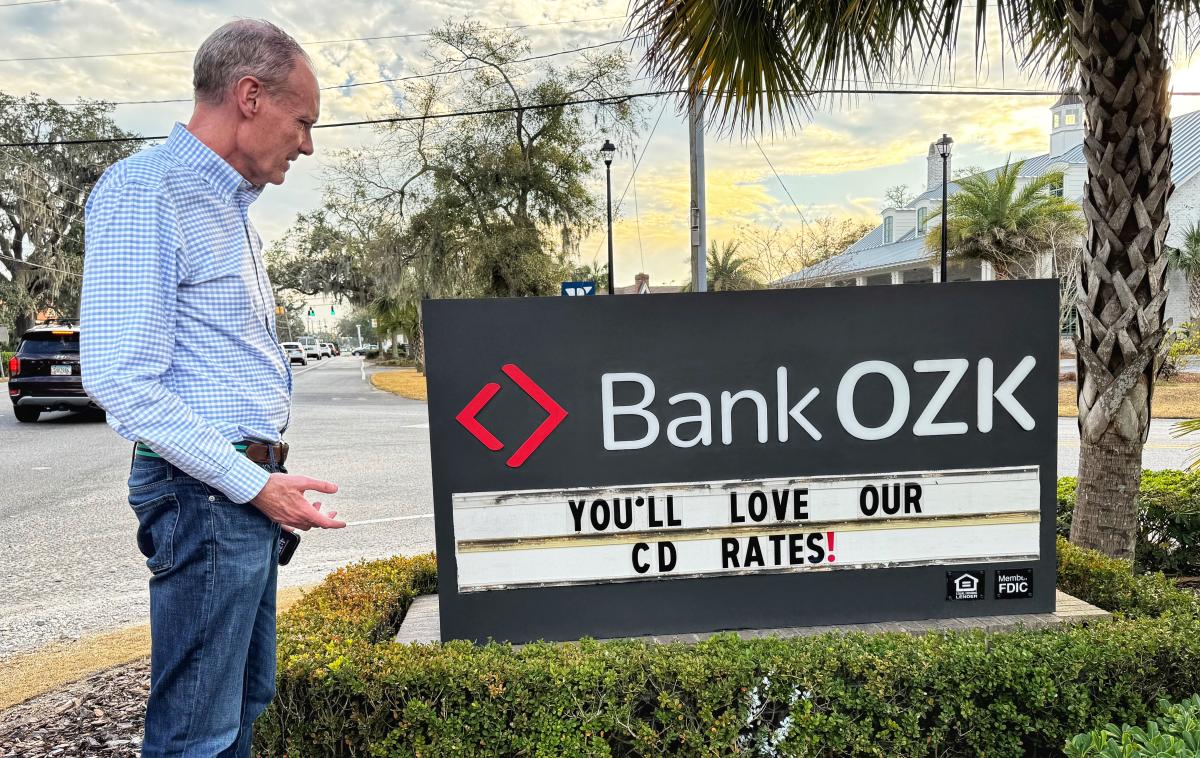By William J. Kelly, CAIA, Founder & Managing Member, Educational Alpha LLC
While perhaps not the original source, it was the English economist John Maynard Keynes who said, “it is better to be roughly right than precisely wrong.” In the investment world, it is an apt long-term investment philosophy, but as Chris Ailman warns, “being right too early is indistinguishable from being wrong.” Ultimately, fundamental analysis does matter, but Mr. Market can disagree with you for any reason, or often for no reason at all. Timing the market remains a fool’s errand, but diversification around said analysis will never go out of style. In the words of Howard Marks (an astute analyst himself), “you can’t predict, but you can prepare.”
Nvidia lost just shy of $600B of its market value during the January 27, 2025 trading session. While certainly not a prediction in Howard Marks’ latest Memo entitled On Bubble Watch, the Magnificent 7 did get their fair share of ink, and sound observations were raised about the sustainability of current valuations. Perhaps his most poignant and prescient point was when he states that “investors (lacking expertise in any new field) often fail to grasp that even a bright newcomer can be supplanted” and “the disruptors can be disrupted whether by skillful competitors or even new technologies” … Ni Hao, Deepseek!
While Howard’s premonition (?) came true in just a very short (no pun intended!) 20 days, in hindsight, it now seems so obvious, even if the size of that single-session drawdown was subsequently described as irrational by this same market sage.
Maybe the first clue should have come back in 2022 when the U.S. banned chips and other semiconductor technology after someone (everyone?) seemed to forget the Plato adage that “necessity is the mother of invention.” Did we really believe that the PRC would just sit back and wait until the U.S. was good and ready to share? As an interesting and relevant aside, the January 25th edition of The Economist did an outstanding Briefing on this very subject (prior to the Monday trading session), which is absolutely worth a read.
What can we learn from this? A lot and very little at all, which brings us to the U.S. annual deficits, our national debt, and the outlook for interest rates. In the very same ‘On Bubble Watch’ memo, Marks sums up the three phases of a bull market, where the third and final stage is when “everyone concludes that things can only get better forever.” While the reference is being applied to the public equity market, it is an observation that travels quite well when staring down a U.S. sovereign debt load of $36 trillion and annual deficits flirting with $2 trillion. You would have to go back almost 25 years to find a surplus, and needless to say, there is a lot of hope (hype?) riding on the Musk-eteers and the DOGE initiative to get us back to those halcyon days.
The health of our sovereign balance sheet and our annual burn rate would make any seasoned loan officer wince, should Uncle Sam ever saunter into a local S&L. The absolute (and relative) size of our economy and being the world’s reserve currency have their advantages, but it might just be the borrowers more than the Fed (or even a petulant POTUS demanding that interest rates drop immediately), who ultimately have the final say as to what they believe is fair compensation for risks that they are underwriting.
James Carville, an advisor to Bill Clinton, quickly learned the power and wrath of the bond market back in the late 1990s. The potential for the same economic damage by the so-called vigilantes has come back into the news cycle and has been an oft-used topic in Randall Forsyth’s columns in Barron’s during the month of January.
As sure as Luca Brasi ‘sleeps with the fishes’ (pun maybe intended!), Randall has certainly run with some of the aforementioned vigilantes. He reminds us that the total U.S. federal debt is bigger than the economy as a whole, debt service at $1 trillion exceeds the totality of the defense budget, and the rating agencies are channeling their very best Maytag Repairman. It is not crazy to think that at some point (soon?) the bond market and those being asked to assume the underlying risks may just have a greater directional say in rates, especially as you wander out to the longer end of the curve.
“Rate” a minute, or maybe a bit longer, but an apt finish to this essay is another gem courtesy of Howard Marks: “We may never know where we’re going, but we’d better have a good idea where we are.”
Seek education, diversity of both your portfolio and people, and know your risk tolerance. Investing is for the long term.
About the Contributor
William (Bill) J. Kelly, CAIA is the Founder and Managing Member of Educational Alpha, LLC where he writes, podcasts, and speaks on a variety of investment related topics, focused on investor education, transparency, and democratized access to differentiated risk premia. Previously he was CEO of CAIA Association since taking this leadership role in 2014 until his retirement in 2024. Prior to that, Bill was the CEO of Boston Partners, and CFO and COO of The Boston Company Asset Management, a predecessor institutional asset manager. In addition to his current role, Bill is also the Chairman and lead independent director for the Boston Partners Trust Company and serves as an independent director for the Artisan Partners Funds, where he is also Chair of Audit Committee and a designated Audit Committee Financial Expert. He is also currently an Advisory Board Member of the Certified Investment Fund Director Institute within the IOB (Dublin) which strives to bring the highest levels of professionalism and governance to independent fund directors around the world. Bill began his career as an accountant with PwC where he earned his CPA (inactive).
Learn more about CAIA Association and how to become part of a professional network that is shaping the future of investing, by visiting https://caia.org/




